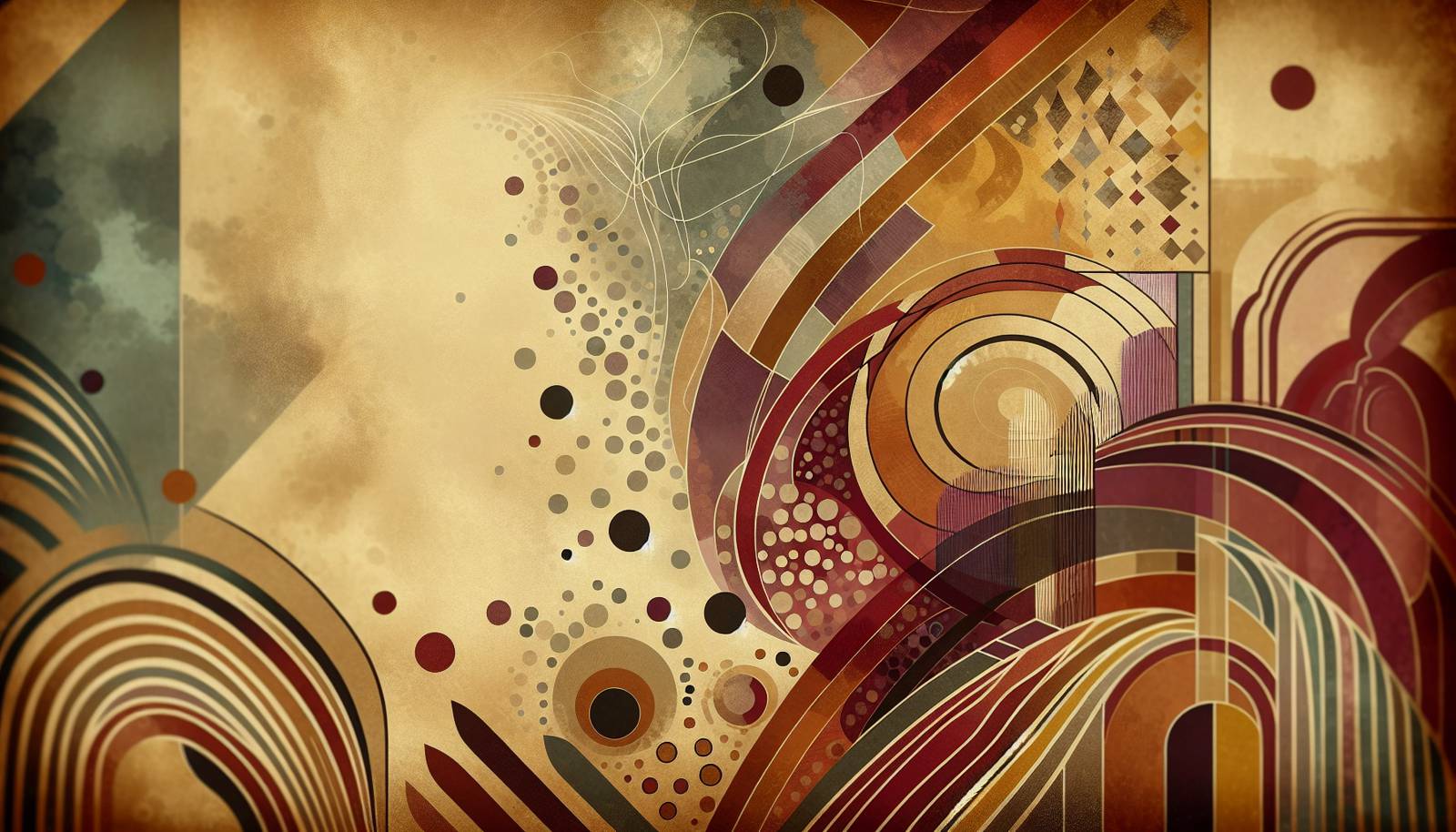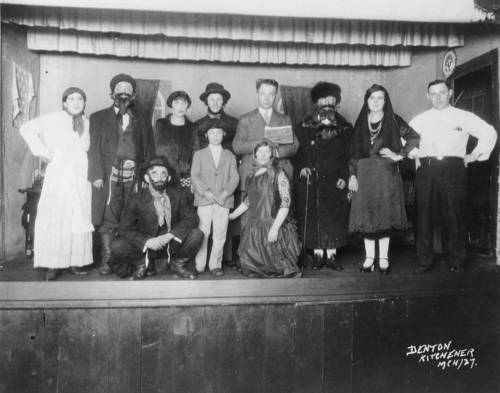
FAQ About The Influence of Yiddish Theatre on American Musicals

What is Yiddish theatre?
Yiddish theatre is a theatrical tradition that originated among the Jewish communities in Eastern Europe in the late 19th century. It uses the Yiddish language, which is a High German-derived language historically spoken by Ashkenazi Jews. Yiddish theatre encompasses a variety of forms including drama, comedy, and musicals, often reflecting Jewish culture, life, and social issues.

How did Yiddish theatre come to influence American musicals?
Yiddish theatre influenced American musicals through the immigration of Jewish performers and playwrights to the United States, chiefly in the early 20th century. These artists brought with them storytelling traditions, musical styles, and theatrical techniques that blended with the burgeoning American musical theatre scene. Many of the themes of Yiddish theatre, such as family, cultural identity, and social justice, became prominent in American musicals.

Who are some notable figures in the history of Yiddish theatre?
Notable figures in the history of Yiddish theatre include playwrights like Sholem Aleichem, who wrote stories that later became the basis for the musical "Fiddler on the Roof." Others include actors and producers like Boris Thomashefsky and Jacob Adler, who were instrumental in popularizing Yiddish theatre in America.

What musical elements from Yiddish theatre are found in American musicals?
American musicals have incorporated several musical elements from Yiddish theatre, including the use of klezmer music, which is characterized by its expressive melodies that resemble human voice, and often includes clarinet and violin. Additionally, the integration of folk themes and emotional storytelling are significant contributions from Yiddish theatre to the musical form.

Can you give examples of American musicals that were influenced by Yiddish theatre?
"Fiddler on the Roof" is perhaps the most prominent example of an American musical influenced by Yiddish theatre, as it directly draws from Sholem Aleichem's stories. Other musicals like "Cabaret" and "The Producers" also show elements of Yiddish theatre influence in their themes and music.

What are some themes common to both Yiddish theatre and American musicals?
Common themes include cultural identity, the immigrant experience, social justice, family dynamics, and the struggle for acceptance in society. These themes resonate deeply within both traditions, offering powerful emotional narratives that are both specific to Jewish experience and universally relatable.

How has Yiddish theatre contributed to the storytelling techniques used in American musicals?
Yiddish theatre has contributed to storytelling techniques in American musicals by emphasizing emotional depth and character-driven narratives. It often blends dramatic and comedic elements to explore complex themes, a technique frequently seen in American musicals. Yiddish theatre's focus on relatable, human stories has led to American musicals that prioritize character richness and intricacy.

Are there specific Yiddish theatre productions or stories that were adapted into American musicals?
Yes, "Fiddler on the Roof" is a direct adaptation of Sholem Aleichem’s stories, specifically "Tevye and his Daughters." This adaptation retains much of the cultural and thematic richness of the original Yiddish stories, presenting them within the framework of an American musical.

When did Yiddish theatre reach its peak in America, and how did this affect American musical theatre?
Yiddish theatre reached its peak in America in the early to mid-20th century, primarily in cities with large Jewish populations like New York. This influenced American musical theatre as many artists from Yiddish theatre moved into Broadway and mainstream theatre, bringing with them distinct styles and a passion for musical storytelling that infused new life into American musicals.

What role did Yiddish theatre play in shaping the cultural landscape of American theatre in general?
Yiddish theatre played a crucial role in shaping the American theatre's cultural landscape by introducing Jewish cultural narratives and artistic expressions. It provided a voice to the Jewish-American community in the arts and helped dismantle stereotypes by humanizing Jewish characters in popular narratives. This cultural infusion has enriched the diversity and depth of American theatre overall.

Did Yiddish theatre influence only Jewish-themed musicals or broader American musicals as well?
While Yiddish theatre has a profound impact on Jewish-themed musicals, its influence extends to broader American musicals as well. Its storytelling techniques, musical styles, and themes of social justice and identity resonate widely, inspiring a multitude of productions that seek to connect deeply with diverse audiences.

How does the storytelling style of Yiddish theatre differ from traditional American storytelling in musicals?
Yiddish theatre often emphasizes a blend of humor and tragedy, reflecting the complexities of Jewish life, which contrasts with the traditionally lighter or more straightforward narrative styles found in American musicals. The blending of these styles has given rise to American musicals that offer both entertainment and meaningful commentary, with character-driven and emotionally resonant stories.

Does Yiddish theatre still influence contemporary American musicals?
Yes, Yiddish theatre continues to influence contemporary American musicals. Even as modern productions evolve, elements of Yiddish storytelling, like its emphasis on rich character development and exploration of cultural themes, remain prevalent. The success of revivals such as "Fiddler on the Roof" and new musicals inspired by Jewish stories demonstrate this ongoing influence.

Was there a particular cultural or historical context that facilitated the blending of Yiddish theatre and American musicals?
The assimilation of Yiddish theatre into American musicals occurred within the broader context of Jewish immigration to the United States during the late 19th and early 20th centuries. The mutual cultural exchange in theatre communities in cities like New York, combined with the shutting down of many Yiddish theatres in Eastern Europe due to political pressures, propelled Yiddish artists to influence and participate in American musical theatre.

Do any modern American Jewish artists continue the legacy of Yiddish theatre in musicals?
Modern Jewish artists continue to reflect the legacy of Yiddish theatre through musicals that draw upon Jewish cultural narratives and themes. Contemporary composers like Jason Robert Brown and lyricists such as Stephen Schwartz incorporate Jewish storytelling traditions into their work, sustaining the influence of Yiddish theatre on modern Broadway.

What makes 'Fiddler on the Roof' a quintessential example of Yiddish theatre's influence on American musicals?
"Fiddler on the Roof" is quintessential because it intricately intertwines Yiddish storytelling with modern musical theatre. The story and setting are deeply rooted in Jewish tradition, while its adaptation captures universal themes of change, resilience, and identity. Its music also incorporates traditional klezmer motifs, further showcasing Yiddish theatre's influence on its musical style.

Have any scholarly works explored the impact of Yiddish theatre on American musicals?
Yes, many scholarly works have explored this impact. Books such as "From Shtetl to Stage: The Origins of Yiddish Theater" by Joel Berkowitz and "Wonder of Wonders: A Cultural History of Fiddler on the Roof" by Alisa Solomon examine how Yiddish traditions have contributed to American musical theatre's evolution.

Is Yiddish theatre still performed today, and does it have a presence in American culture?
Yiddish theatre is indeed still performed today, with productions taking place in both historical and modern formats. Organizations like the Folksbiene National Yiddish Theatre continue to stage Yiddish plays and musicals, helping to keep the tradition alive and accessible within American culture by performing in both Yiddish and English.

How did immigrant communities help preserve Yiddish theatre and its elements in America?
Immigrant communities played a crucial role in preserving Yiddish theatre by establishing and attending Yiddish theatres in American cities. These communities created a demand for performances in their native language, allowing Yiddish actors, playwrights, and musicians to continue their craft and pass down their rich theatrical tradition to new generations in a new cultural setting.

What other cultural influences combined with Yiddish theatre to shape the American musical scene?
The American musical scene was shaped by a variety of cultural influences in addition to Yiddish theatre, including African-American jazz, Tin Pan Alley songwriting, Vaudeville, and European operetta. This melting pot of cultural contributions has led to the diverse and rich tapestry that characterizes American musical theatre today.
